My trip to Shanghai, China fifteen years ago is one that will stay with me for the rest of my life. I spent two amazing weeks touring the city and its surrounding areas with my graduate school class–attending lectures, visiting local factories and businesses, and exploring the city’s dazzling urban sprawl on foot.
As my boyfriend and I walked hand in hand along the Bund waterfront, we admired the mix of old and new architecture flanking the Huangpu River. Across the river, in the Pudong district, some of the most futuristic-looking towers we had ever seen appeared to scrape the sky, while much older European-style buildings behind us gave a graceful nod to an equally glamorous era gone by. So many layers, and so much complexity. I marveled at this over dinner later that night, sometime after dessert, but before my boyfriend (now husband) asked me to marry him. Remember I told you it was a special trip?

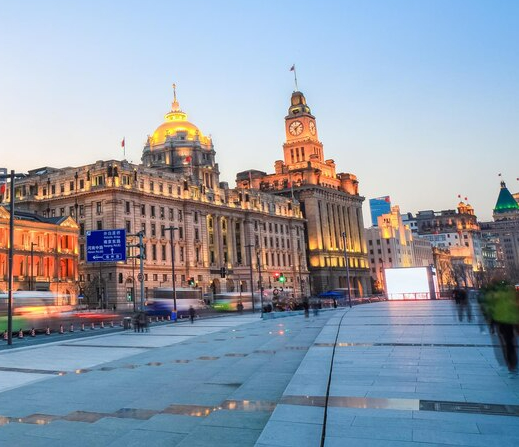
Admittedly, this was the entire extent to which I reflected on Shanghai’s history at the time. My knowledge of Chinese history was quite embarrassing. This had been in no way helped by years of predominantly American and European history lessons taught to me in school. It would not be until many years later (this past month, if I am being completely honest) that I would learn much, much more about the city I admired. And it would be by reading Cao Wenxuan’s beautiful middle grade novel Dragonfly Eyes, eloquently translated to English by Helen Wang.

This book begins in post-Chinese Civil War 1950s Shanghai, at the comfortable family home of Du Meixi and his French wife, Océane. They live with their beloved granddaughter Ah Mei and both of her parents, caring for her while her parents work full-time as researchers at a nearby factory. To Ah Mei, her grandparents are Nainai and Yeye (grandma and grandpa), and that is how they are referred to throughout the story.
As Nainai recounts stories to Ah Mei, we learn the origins of Yeye and Nainai meeting one another in 1920’s France, back when he was a sailor. Yeye and Nainai eventually returned to his native Shanghai to take over his family’s silk business, but then had to turn it over to the state after the People’s Republic of China was established in 1949.
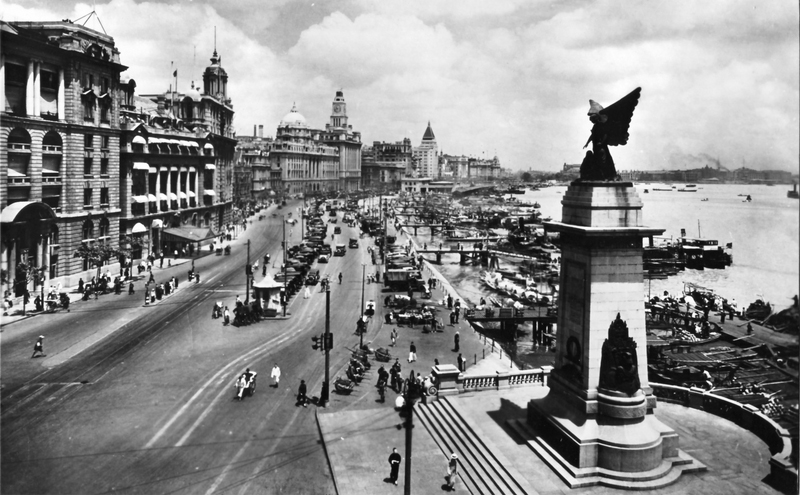
It is obvious, from the very beginning chapters, that the bond between Nainai and Ah Mei is deeply profound and special. The two spend their days together, talking endlessly about everything, and enjoying all of the little things in life. As money, and food, and supplies become scarcer in communist China, it is this bond with one another, and the rest of the extended family, that keeps them grounded and brings them joy in life.
More jarring than the increasing poverty that the family must adapt to, is the dramatically shifting cultural landscape and ensuing chaos and terrorism. About midway through the book, the Mao-led Cultural Revolution of the sixties and seventies comes into full swing, with student-led Red Guard groups, and even civilians, being encouraged to destroy the “old” way of life, including anything (or anyone) seen as anti-proletarian, including the wealthy and educated.
Since Yeye’s family lives in a larger house afforded them by their former silk business, they are grouped into this category. But of even more issue is Nainai’s western ethnicity—something once admired and welcomed in the older, foreign concession-friendly Shangai. Now she is continually targeted and harassed as a “foreign spy”, with raids of the family home by various Red Guard groups becoming more and more frequent. Returning to France is no longer an option, both due to lack of financial means, and the country being closed off from the western world.
During one of these home raids, Nainai’s beloved dragonfly eyes, beads from the Warring States period of ancient China that she proudly wears around her neck as a gift from Yeye’s father, are stolen from her. These and several other notable items stolen and/or destroyed are powerful symbols of the old China that is being mercilessly erased.
Cao Wenxuan deftly portrays mob-like groups of young people filled with anger and resentment from the years of poverty they have endured—they are desperate for that pain be seen and recognized. His characters are complicated and gray—none simply “good” or “bad”. They are real, and messy.
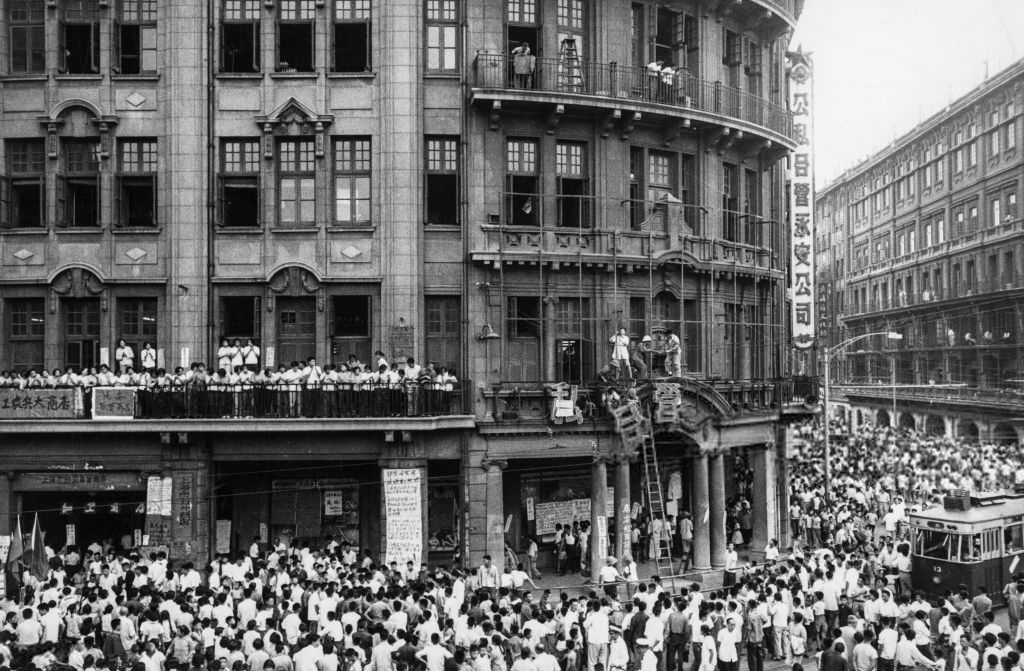
Sound like a lot for a children’s book? It sure is, and Cao Wenxuan would have it no other way. This is the China that he grew up in, and he wants to make sure that today’s kids have a chance to learn about it. This is important, given that Chinese schools today only teach officially approved, and often distorted, versions. In the western world, as I mentioned earlier, we are lucky if we can learn about these historical periods at all.
Cao Wenxuan has become one of the most beloved writers in China, and that reputation is continuing to grow throughout the rest of the world. He is the first Chinese author to receive the Hans Christian Anderson Award for his body of children’s work.
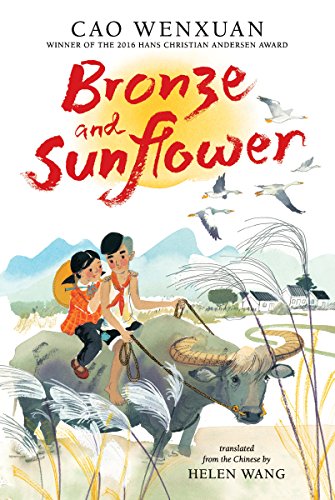
His first novel translated to English in 2016 was Bronze and Sunflower, also translated by Helen Wang, who received the 2017 Marsh Christian Award for Children’s Literature in Translation for it. Bronze and Sunflower also takes place during the Cultural Revolution and highlights the friendship between Sunflower, a girl who follows her father to the countryside when he is sent there to do hard labor, and Bronze, a young mute boy from the poorest family in the village. It was one of the New York Times Book Reviews Notable Children’s Books of the Year (2017) and Publishers Weekly Best Books of the Year (2017).
Cao Wenxuan’s books teach Chinese history in ways that a traditional history lesson simply can’t. He writes about the human condition and all the different facets of it, with the historical period serving as the backdrop. And that works well for this middle-aged kitlit enthusiast who needs to learn more about Chinese history. Dragonfly Eyes stirred up all sorts of feelings inside of me, prompting many google searches that I know are just the start of my future readings on this fascinating period in Chinese history and culture. If it can do that for me, just think of what it can do for kids. I am excited for them.
By Cao Wenxuan
Hardcover ISBN: 9781536200188
Candlewick Press
Ages 9-12
Released June 2022
To win a copy of either Dragonfly Eyes or Bronze and Sunflower, comment on this post! If you share on Facebook or Twitter, you get another entry. Giveaway closes in one week. US and Canada only.
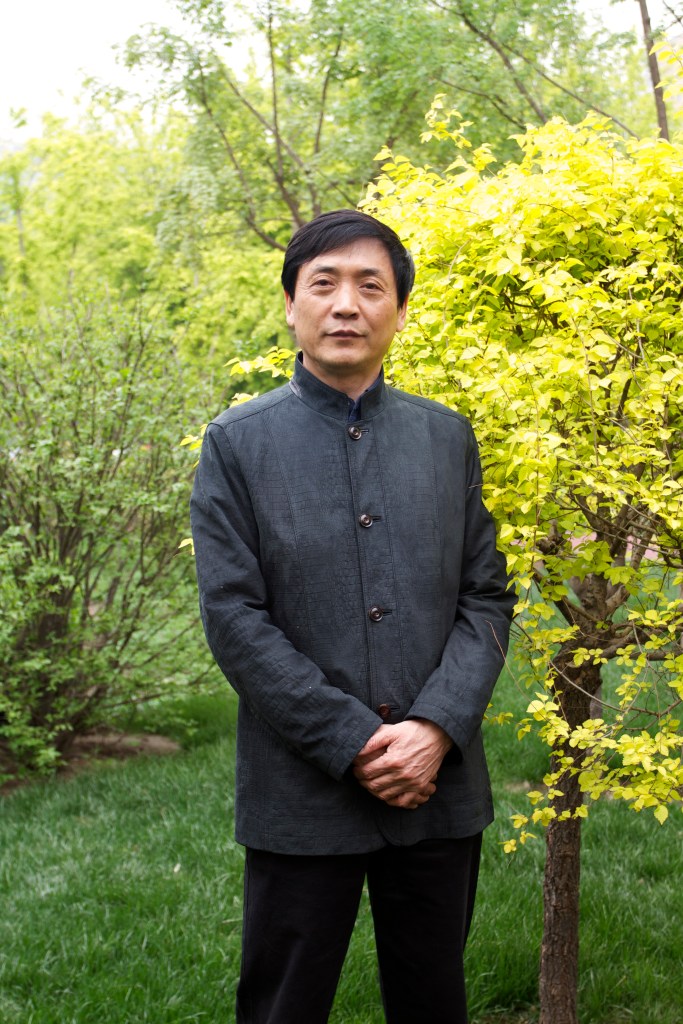
Cao Wenxuan, author of the acclaimed Bronze and Sunflower, is the recipient of the 2016 Hans Christian Andersen Award. He has also won several of China’s important awards for children’s literature. A professor of Chinese literature at Peking University, Cao Wenxuan has seen many of his books become bestsellers in China, and his work has been translated into French, Russian, German, Japanese, and Korean.
I received DRAGONFLY EYES for free from Candlewick Press in exchange for a review.


I love learning about China and its customs and these books look wonderful!
LikeLiked by 1 person
Cao Wenxhuan’s stories sound like they offer young readers a chance to experience worlds, cultures, histories and lives other than their own. These are definitely going on my reading list.
LikeLiked by 1 person
We had a fantastic tour guide on a visit to Beijing ten years ago who did not hold back sharing about her life as a child in the ‘60s. She looked me deep in the eyes and said, “while you had air raid drills in school, we were digging shelters afraid you would attack us.” Ahhh…The things we aren’t aware of growing up, right? Such an insightful review that this is now on top of my TBR list. Be well 🙂
LikeLiked by 1 person
Thank you, Donna, glad you enjoyed the review! I have always wanted to see Beijing–hopefully I will one day.
LikeLike
I enjoy learning about new cultures while reading so this book will be a joy to read. I am still amazed at all the history American schools never teach and I’m hoping this is changing and quickly. I shared on Facebook: https://www.facebook.com/danielle.hammelef/posts/pfbid0m3wtTsieA4fVW6kkrxR6EjRmrHfD8sud3nESf2QzRs3GmSv4YtBArjiLGmgCWiAol
LikeLiked by 1 person
Thank you, Danielle! Yes, I feel similarly.
LikeLiked by 1 person
Thank you for sharing! I’m looking forward to reading Cao Wenxuan’s books. I retweeted and shared in FB.
LikeLiked by 1 person
Thank you, Jan!
LikeLike
Loved this review. So much to learn
LikeLiked by 1 person
Thank you so much, glad you enjoyed!
LikeLike
Hilary, first of all, it was amazing to learn about how and where you got engaged! Second, I have been fascinated with learning about Chinese history, pre and post the Chinese Revolution, since I was young. These books by Cao Wenxhuan are now definitely on my must read list!
LikeLiked by 1 person
I think you will really get a lot out of them. This book was not a history lesson with facts and dates, of course, but it really lit a fire in me to look things up and learn more. And yes, it was a fun time for me and makes for a fun story!
LikeLiked by 1 person
Gosh what a wonderful way to learn of other’s cultures. Must reads for me! Thanks!
LikeLiked by 1 person
You are very welcome, hope you enjoy them!
LikeLike